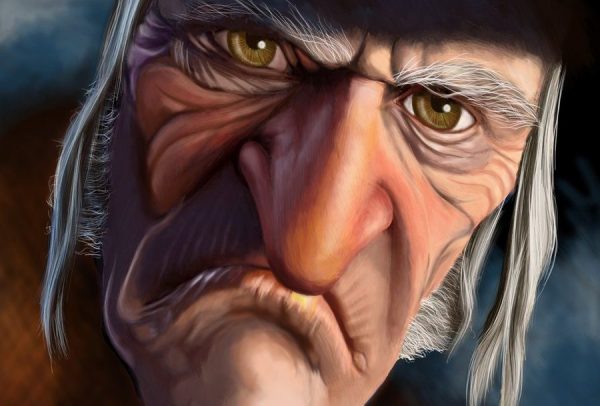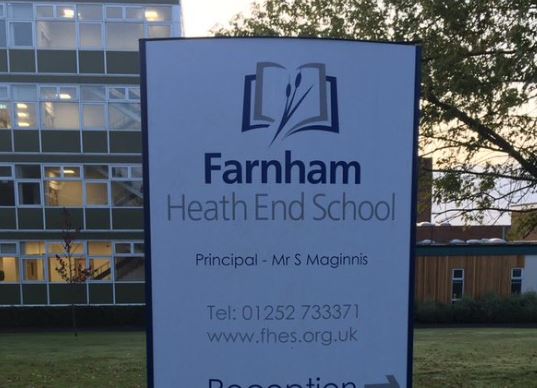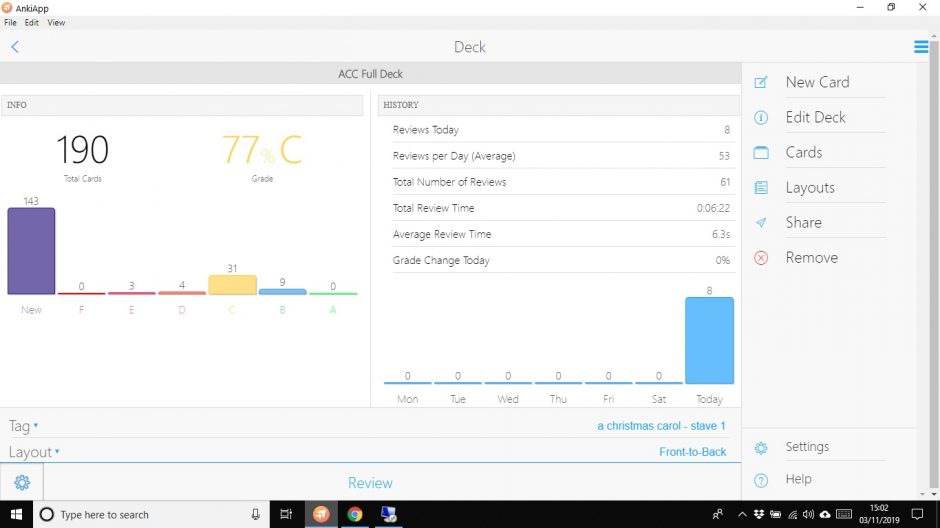Anything that is abstract is hard to pin down. Then, add to the fact,that the very abstract thing you are trying to pin down, remains in constant flux. Think of a real world map, where the borders keep moving. Add to the fact that you are holding onto knowledge acquired over a period of six weeks, a term…competing with ten other subjects, written in an unfamiliar style, it must be so difficult for Dickens students up and down the country.
That is how ‘we’ ‘felt’ about determining of view Scrooge during the first three staves of A Christmas Carol. I say ‘we,’ my Year 9 class and I. I say ‘felt’ it was more an assessment of our sympathy towards the ‘covetous old sinner.’
Despite our best efforts, the gentlemen in class had, understandably, found it difficult to hold onto the various portrayals of Scrooge, whilst working hard to deepen their contextual knowledge, learning about language and literary devices, appreciating the wider themes of family, poverty and reform, on top of the chronology of the text. It is all well and good encouraging students to explore “THE MEssages,” to read between the lines, to spot recurring words, patterns, opposing forces, symbols, ideas or motifs… we are asking and expecting a lot.
I have been buoyed by the enthusiasm of the Year 9s, grappling with it all. A few of these fearful yet brave warriors have decided to take on the complexities of Dickens portrayal of Scrooge. I will be honest… (why wouldn’t I) we have stumbled, we have faltered. We are learning – together. It is a complex task and behind the scenes, I am thinking hard as a teacher for ways to present the complex and make it less complex more accessible.
With @OliCav, a one man whirlwind, promoting precise and beautiful visual communication, how could we not be inspired. A snatched ten minute conversation at ResearchEd Surrey seeded the idea of visual timeline. The “edit points” on a shape feature in Powerpoint the software solution with transparency allowing the overlay effect.


Always generous with his wisdom, the second version benefitted from his feedback for greater contrast for ease of reading and to be dyslexia respectful. I reduced the text and added a slightly bigger key.
One last trial, Hamlet. Of course, I still need to add the text commentary. Overall, the visual effect is effective and presents the weave of themes with the text. Of course, it also shares the complex and evolving themes – instantly.

Questions still looking for answers.
- How many threads can be presented on a single chart / slide/ graph?
- What colours contrast most effectively when transparent?
- How much text? When does the text distract from the visual presentation of the theme?
This post is respectfully dedicated to Oliver Caviglioli. Generous and encouraging in equal measure.


